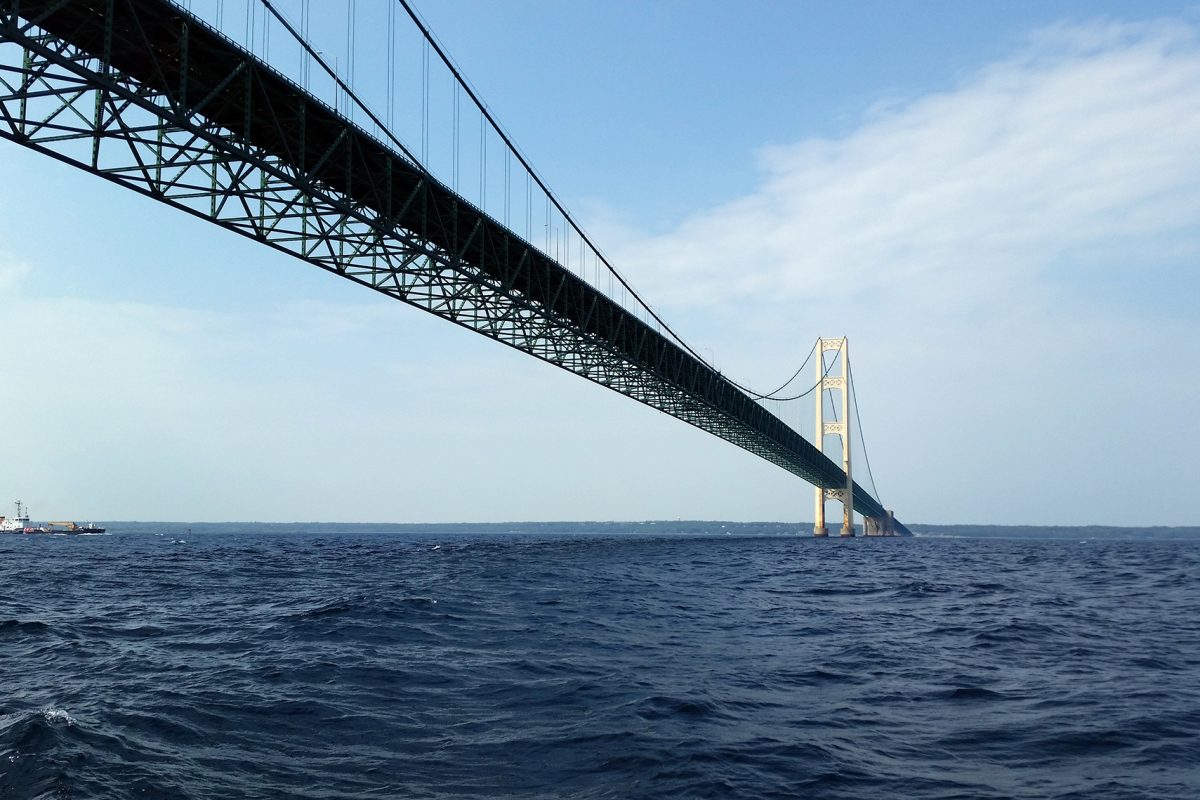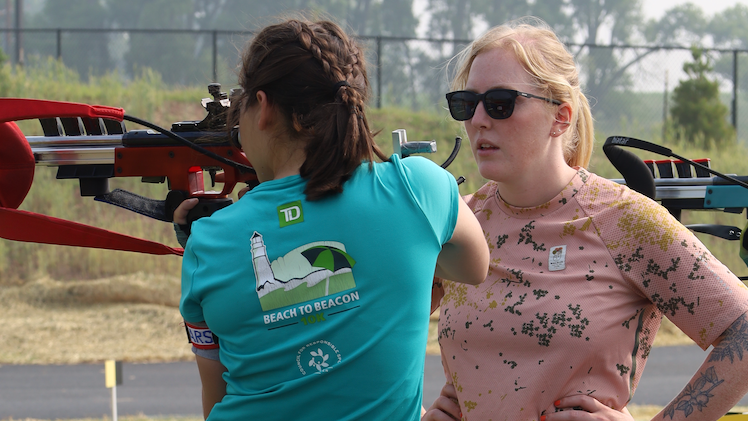
For the third time this year, the U.S. Ski Team ran into their counterparts on the biathlon squad earlier this week when both groups were in Utah for their respective training camps.
“The biathletes were at Soldier Hollow yesterday as was the entire U.S. Ski Team,” skier Noah Hoffman wrote in an e-mail to FasterSkier on Tuesday. “Cross country was doing a speed (10-15 seconds) session classic. I’m not sure what was involved in the biathletes’ workout. It was fun to be out there at the same time as them – I enjoyed seeing several of my friends on the team.”
In spite of the synchrony in camp schedules – which seems to be at an all-time high this year, after earlier trips to Bend, Oregon, and Lake Placid, New York, where the biathletes are based – Hoffman and teammate Liz Stephen didn’t think they’d actually get a chance to train with the other World Cup squad.
“Our camp here ends Thursday, as we head to Canmore, so I am not sure whether we will have time to line up any training sessions this camp,” Stephen wrote in an e-mail. “But as a whole this year we have been trying to mesh some training with them where we can.”
In the past, athletes like Kikkan Randall have called for more joint training sessions between the two teams – it just makes sense, agreed biathlete Russell Currier.
“In any country the two sports are just so closely related in terms of the community, it’s almost one and the same,” he said in an interview last week.
This year, there have been a few notable successes: some of the biathletes jumped in a speed session with the skiers in Bend, and in Lake Placid, the groups joined up for an overdistance classic rollerski as well as an intensity session. Even though the teams aren’t often doing exactly the same training on a given day, they don’t always need to get caught up in the details that might separate them.

“We did one session classic skiing – and that’s always surprising for people to hear, that we do classic,” laughed women’s biathlon coach Jonne Kahkonen in an interview this weekend. “When we saw that we were going to end up in the same place for some of the same days, we decided to take a look into whether there were some workouts that we could do together as a bigger group and have the top Americans training together. I think that worked out really well.”
But despite a few successful sessions, there hasn’t been as much overlap as athletes might expect given the amount of time they have spent in the same place.
“Unfortunately we [haven’t joined up] as much as I would have liked to,” Currier said. “When we were out in Bend, I thought we were going to do at least one workout, but it just never happened. I guess we just have different schedules and different training plans.”
According to Kahkonen, a similar problem came up in Lake Placid when the two teams were supposed to do a running workout together, with the biathletes teaching the skiers the rudimentary aspects of shooting beforehand, and then mixed teams of athletes “competing” in informal shooting matches during the rest periods of their intervals.
“We did modify the plan, or Chris [Grover] did,” he said. “We were planning on doing a running combo session together with the ski team, but unfortunately that didn’t happen this time around. I felt sorry for the skiers because they seemed like they were excited about doing some shooting with us. So hopefully we can do that at another camp, maybe next year or something.”
The consensus seemed to be that there were pros and cons to merging workout sessions.
“It’s good to train with other people in a good competitive group like that,” Currier said. “But it’s also good to stick to your own system. If you have your own needs and your coach and you can plan out what you’re going to do, it’s just much more efficient. So it depends on how you look at it – it’s a fair tradeoff.”
Hoffman agreed, writing that he thought he would be more likely to train with the biathletes in Park City if there hadn’t also been a U.S. Ski Team camp; now, he has “plenty of training partners,” but if he was in a non-camp phase of his training, he would get a bigger benefit.
“Trying to do things as one huge group might be counterproductive,” he wrote.
Relays?
But Hoffman made it clear that just because he didn’t feel a great need to ski with Currier, Tim Burke, Lowell Bailey, and the other biathletes while he’s at Soldier Hollow, he still might have a lot to gain from them.
“I believe they are great athletes and really good at skating,” he wrote. “I would like to train with them in the future when we have less going on. Any chance to ski with a world class athlete is a great learning opportunity and chance to improve… and if one of the biathletes is skiing really well, I would love for him to be considered for (and to consider skiing) a skate relay leg for us.”
Currier, for one, said that Hoffman shouldn’t worry about that last part, and that it had “gone through everyone’s minds” on his own team.
“It would be awesome, and I would love it,” he said. “But I’m unfortunately out of that loop so I’m not always getting that gossip if there was ever any thought of that. But if there was ever a possibility, that would be awesome, for sure.”
And despite the fact that he hasn’t seen as much of the U.S. Ski Team squad as he had hoped, he didn’t think it would be difficult for one of the biathletes to join their team.
“The ski team is full of cool guys, so I don’t think it would be too tough,” Currier said.
Sochi and Beyond
While the skiers themselves didn’t have any scheduled time together, U.S. Ski Team and U.S. Biathlon Association staff met up in Park City to discuss potential collaborations at the 2014 Olympics in Sochi, Russia.
“We pulled together all the data that we had for both of us during the Games and then already this season when we both have our pre-Olympic races there,” Kahkonen reported. “We want to do as much preparation and as much testing, and share some of the information so we can prepare as well as possible, since we’re going to be side by side there at the venue.”
Almost as soon as the Vancouver Olympics were over, the two teams began talking; they seemed to both recognize that they could do better in terms of sharing resources at their sports’ most visible events. The Park City meeting seemed to indicate progress in that direction, although nobody from the U.S. Ski Team would comment on the matter.
“I actually do not want to talk about it for a number of reasons, but I’ll be happy to talk about it after the Games,” head coach Chris Grover wrote in an e-mail.



